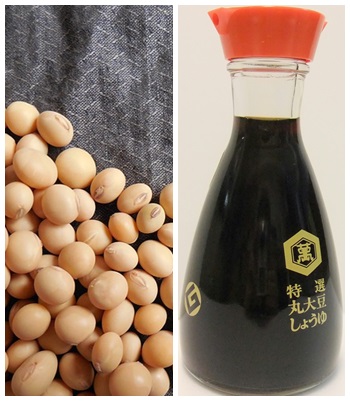Soy sauce is made by the fermentation of soybeans combined with wheat flour, rice flour, and brine. The production involves two steps: koji fermentation using Aspergillus oryzae and moromi fermentation by adding brine solution into the koji. In moromi fermentation, glutaminase produced by naturally-present yeast converts l-glutamine originated from soy protein to l-glutamic acid, a compound responsible for “umami” taste. Given the high salinity condition of moromi fermentation, a halotolerant yeast would be beneficial to the soy sauce fermentation.

Researchers investigated yeast isolates obtained from Thai soy sauce fermentation. The most interesting yeast was identified as Meyerozyma (Pichia) guilliermondii EM2Y61. This strain is a salt-tolerant yeast that could tolerate up to 20% (w/v) NaCl and produce extracellular and cell-bound glutaminases. The extracellular glutaminase's activity was found to be much higher than that of cell-bound glutaminase. This is the first report of glutaminase producing M. guilliermondii isolated from the moromi of Thai soy sauce fermentation. M. guilliermondii EM2Y61 has a high potential to be developed into starter yeast culture to increase l-glutamic acid during soy sauce fermentation.
This was a joint study between Mahidol University and Food Biotechnology Research Unit.
Full article can be accessed here.
Ref.: Aryuman, P., Lertsiri, S., Visessanguan, W., Niamsiri, N., Bhumiratana, A. and Assavanig, A. (2015). Glutaminase-producing Meyerozyma (Pichia) guilliermondii isolated from Thai soy sauce fermentation.International Journal of Food Microbiology,192, 7-12.
